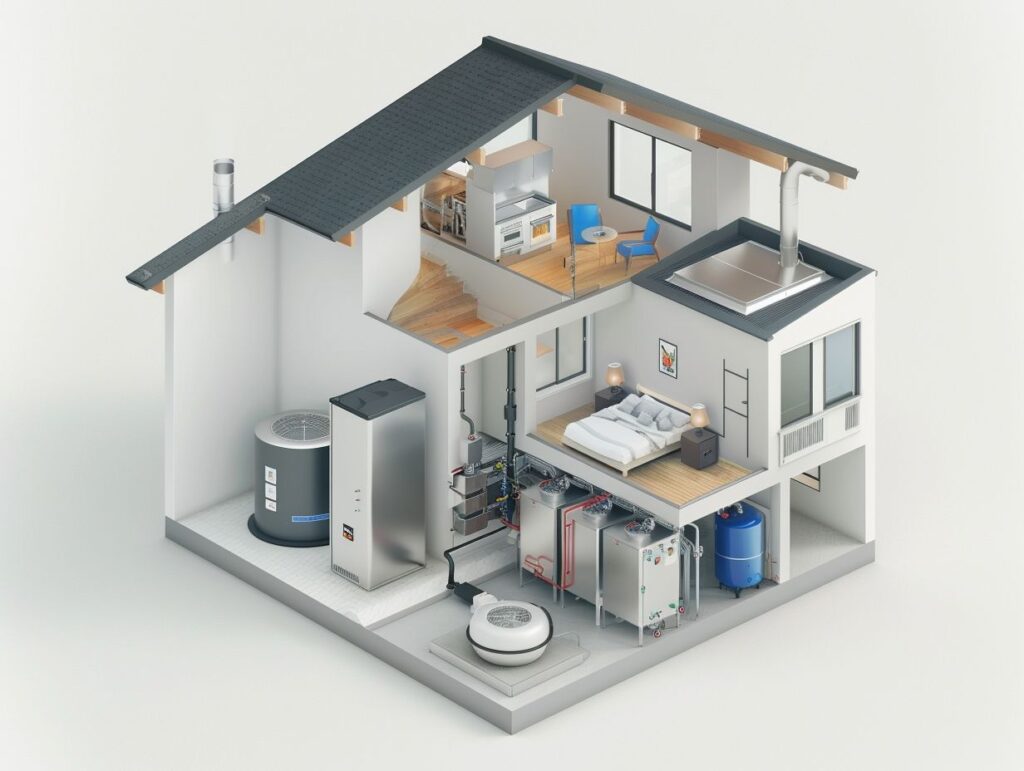Interested in understanding how dual fuel heating systems operate and if they can be zoned to enhance efficiency and comfort in your home? This guide will delve into the fundamentals of dual fuel heating systems, examine the advantages of zoning these systems, address possible obstacles, and offer a detailed tutorial on zoning your dual fuel heating system effectively.
Determine if zoning aligns with your home heating configuration needs!
Key Takeaways:
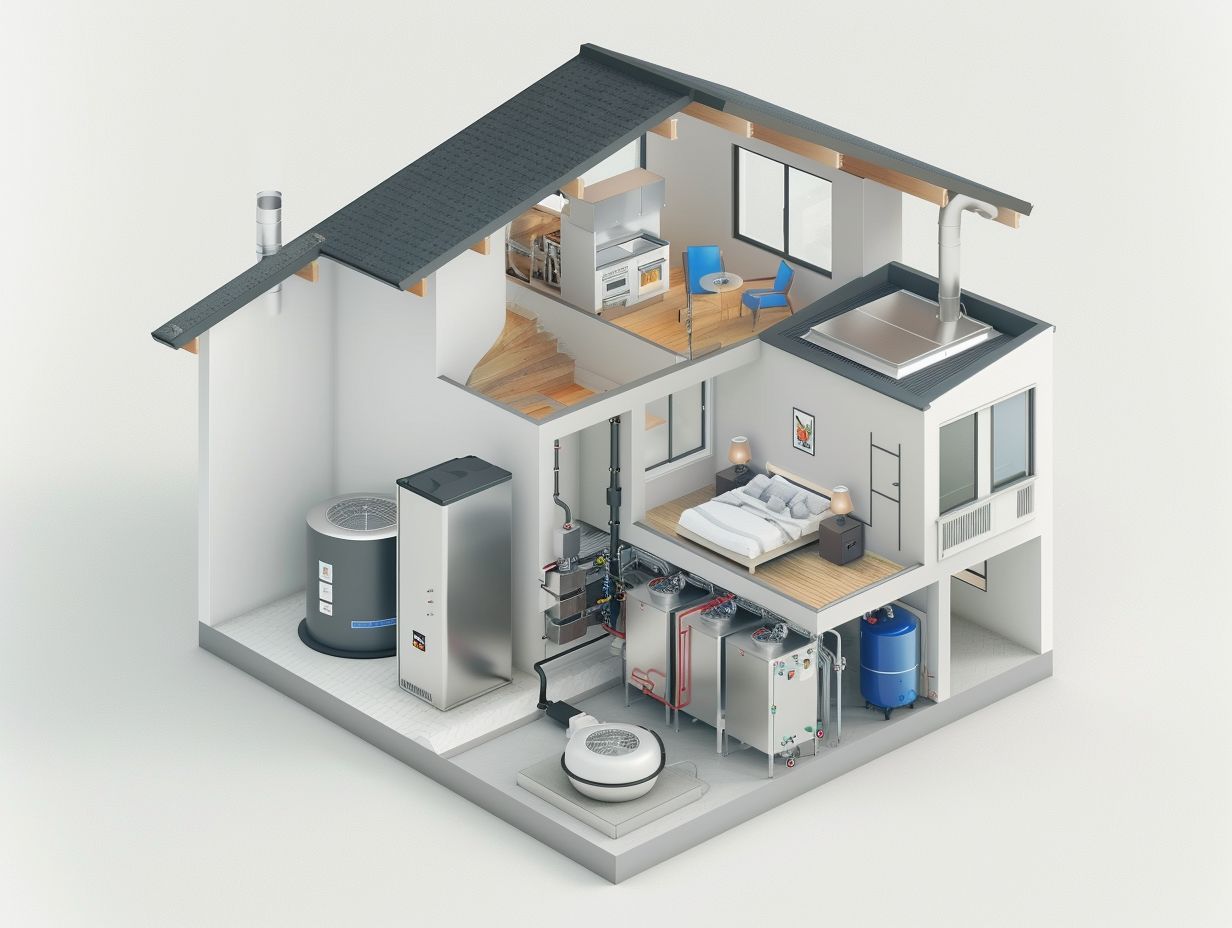
- Dual fuel heating systems can be zoned to improve energy efficiency and provide customised temperature control.
- However, compatibility and installation considerations should be carefully evaluated before implementing zoning.
- A step-by-step guide can help determine if zoning is right for your dual fuel heating system.
Benefits of Zoning Dual Fuel Heating Systems
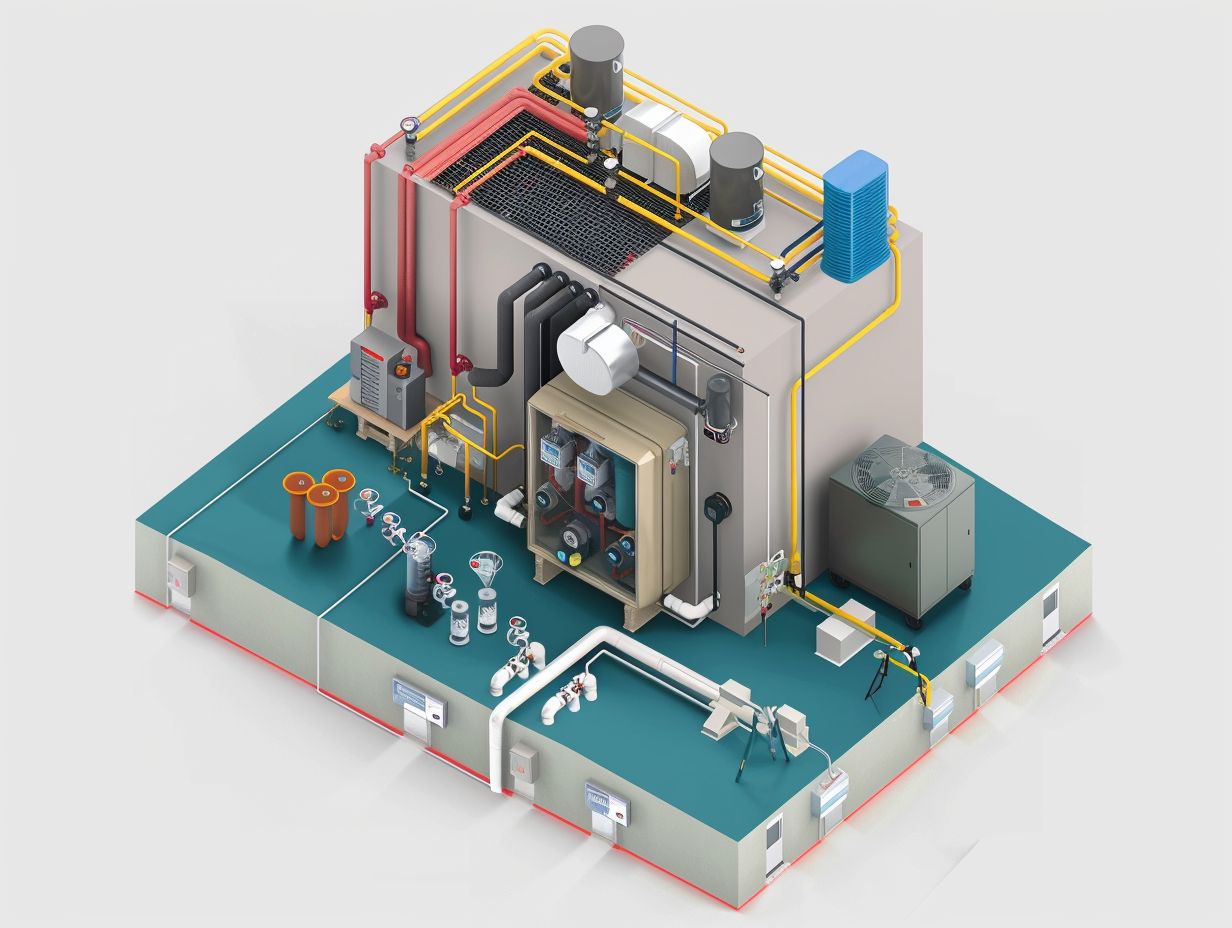
Incorporating Zoning Dual Fuel Heating Systems into your property offers remarkable benefits. This includes enhanced energy efficiency, year-round comfort, and the ability to customise temperature settings for different zones within your home or building. This ensures optimal heating control and cost savings for you.
By implementing zoned heating, you can experience improved reliability in your heating systems, optimising energy usage based on specific needs in each area of your property. This not only reduces energy waste but also results in lower utility bills over time.
Trane, a leading provider of heating solutions, underscores the significance of zoned heating in hybrid systems for achieving maximum efficiency and comfort. With the ability to control temperature zones independently, homeowners like yourself can establish personalised comfort levels throughout their living spaces, ensuring a cozy environment regardless of the season.
Improved Energy Efficiency
You can benefit from improved energy efficiency through zoned dual fuel heating systems, especially when they are integrated with advanced technologies from Trane and installed by experienced HVAC professionals. These dual fuel systems utilise both electricity and LP gas for heating, allowing homeowners the flexibility to choose the most cost-effective energy source.
When combined with a smart thermostat, such as those available from Trane, users can easily manage and monitor their heating zones, optimising energy consumption. Opting for reputable brands like Trane not only guarantees reliability but also provides access to potential financial incentives for energy-efficient home upgrades.
Professional installation plays a crucial role in maximising the advantages of zoned heating, as it ensures proper setup and configuration tailored to the specific requirements of the property.
Customised Temperature Control
Customised Temperature Control in zoned dual fuel heating systems allows you to achieve year-round comfort by adjusting heating levels in different areas of a building, ensuring personalised warmth and efficiency. This flexibility is particularly beneficial for households or commercial spaces that have diverse heating needs.
With zoned heating, each area can have its temperature setting, eliminating the challenge of maintaining a consistent temperature throughout the entire building.
For instance, during the summer months, a mini-split system could be used in the living spaces, while a ducted system may provide consistent warmth in bedrooms during the winter. This approach not only enhances comfort but also optimizes energy usage and reduces utility costs.
Zoned heating can be a savior during power outages, as backup power can be efficiently directed to specific zones, ensuring ongoing warmth and comfort during emergencies.
Potential Challenges of Zoning Dual Fuel Heating Systems
Despite the numerous benefits of Zoning Dual Fuel Heating Systems, you may encounter challenges related to compatibility issues between components, specific installation requirements, and factors that need to be considered, especially when utilising advanced solutions like those from Trane.
When incorporating combustible fuels such as LP gas in these systems, it is essential to be aware of the safety regulations in place, particularly in states like Massachusetts where stringent guidelines exist. Ensuring that all components are compatible and properly installed is crucial to avoiding potential hazards and ensuring the efficient operation of the system.
It is important to consult with experienced professionals who have expertise in handling dual fuel systems to overcome these challenges effectively and ensure a successful installation process.
Compatibility and Installation Considerations
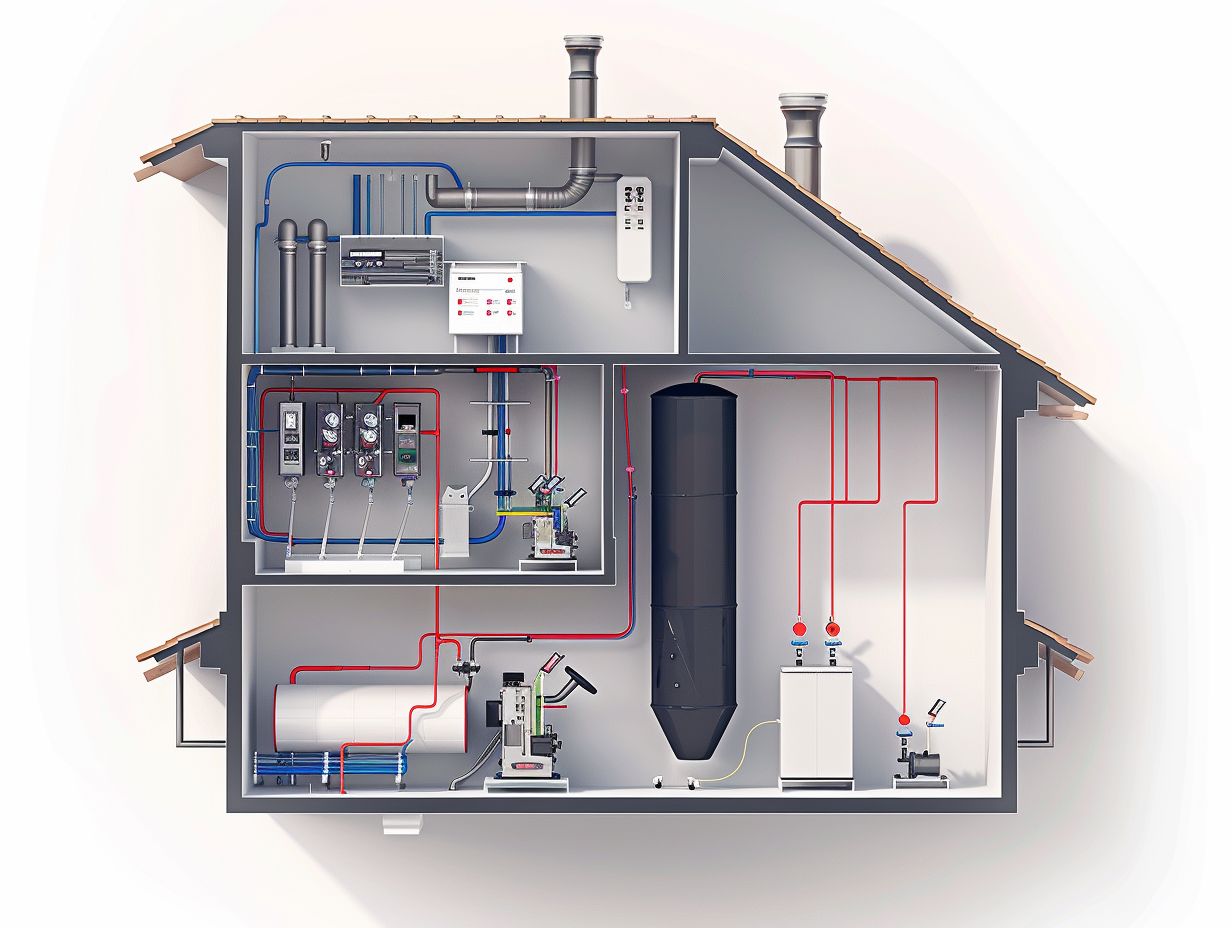
When setting up Zoning Dual Fuel Heating Systems, it is essential to consider compatibility and installation requirements. This process necessitates the expertise of HVAC professionals who must adhere to local regulations, especially in regions like Massachusetts. It is crucial to ensure the seamless integration of components from reputable brands such as Trane.
During the zoning of a dual fuel system, the air handler plays a critical role in efficiently distributing heated or cooled air throughout the home. Whether you choose a mini-split setup or a ducted system, it is vital to guarantee the proper compatibility of components to optimise energy efficiency and overall system performance.
Professionals with proper training possess the knowledge and experience to address the intricacies of installation, ensuring the system functions smoothly while meeting industry standards and safety regulations.
The use of high-quality components, such as those provided by Trane, not only enhances the system’s reliability but also leads to long-term cost savings and increased comfort for homeowners.
How to Zone a Dual Fuel Heating System?
When implementing zoning in your Dual Fuel Heating System, it is essential to follow a systematic process. This includes configuring a smart thermostat, identifying heating zones, and optimising settings to achieve efficient zoned heating within the dual fuel system.
To begin, make sure your dual fuel system is equipped with a compatible smart thermostat that supports zoning features. Next, map out your living spaces and identify distinct heating zones based on factors like room occupancy patterns and temperature preferences.
Once you have identified each zone, adjust the settings on your smart thermostat to allocate heating resources accordingly, optimising your system’s energy consumption.
Additionally, it is crucial to consider utilising backup power sources, such as generators, to ensure continuous operation during power outages. Integrating a heat pump into your dual fuel system can further enhance energy efficiency and provide additional heating options.
Explore any available financial incentives or rebates that may be offered for implementing energy-efficient heating practices. This can help offset initial costs and lead to long-term savings. By following these steps and best practices, you can effectively implement zoning in your dual fuel heating system for optimal comfort and energy efficiency.
Step-by-Step Guide
- A Step-by-Step Guide to zoning a dual fuel heating system involves consulting with an HVAC professional to assess your property, installing a smart thermostat for precise control, and ensuring backup power sources are in place for uninterrupted zoned heating functionality.
- The HVAC professional will typically start by evaluating your existing heating system to determine the compatibility of a dual fuel setup. This assessment includes checking the condition of the propane furnace and electric resistance heating components, as well as examining the natural gas connections for seamless integration.
- Once the assessment is complete, they will proceed to strategically place zoning sensors throughout your property to optimise heating efficiency in different areas.
- Smart thermostats play a crucial role in this process, allowing you to remotely control temperature settings and monitor energy usage.
- Integrating backup power solutions, such as generators or battery backups, ensures that your dual fuel system can continue operating during power outages, providing uninterrupted comfort and peace of mind.
Is Zoning Right for Your Dual Fuel Heating System?
When determining if zoning is a suitable choice for your dual fuel heating system, you need to assess various factors, including available financial incentives, regional regulations – particularly in areas like Massachusetts, and the compatibility of ducted systems with zoning requirements.
When exploring the viability of incorporating zoning into a dual fuel system, homeowners must consider the energy-saving features of a heat pump, such as the Trane mini-split option. These advanced solutions can greatly improve the efficiency of the heating system while offering the flexibility to customise and regulate individual zones.
It is essential to verify that the zoning configuration aligns with specific regional regulations, particularly in states like Massachusetts where energy efficiency standards are crucial in residential construction and heating systems.
By integrating ducted systems with zoning practices, homeowners can optimise comfort levels and achieve maximum energy savings across their living spaces.
Frequently Asked Questions
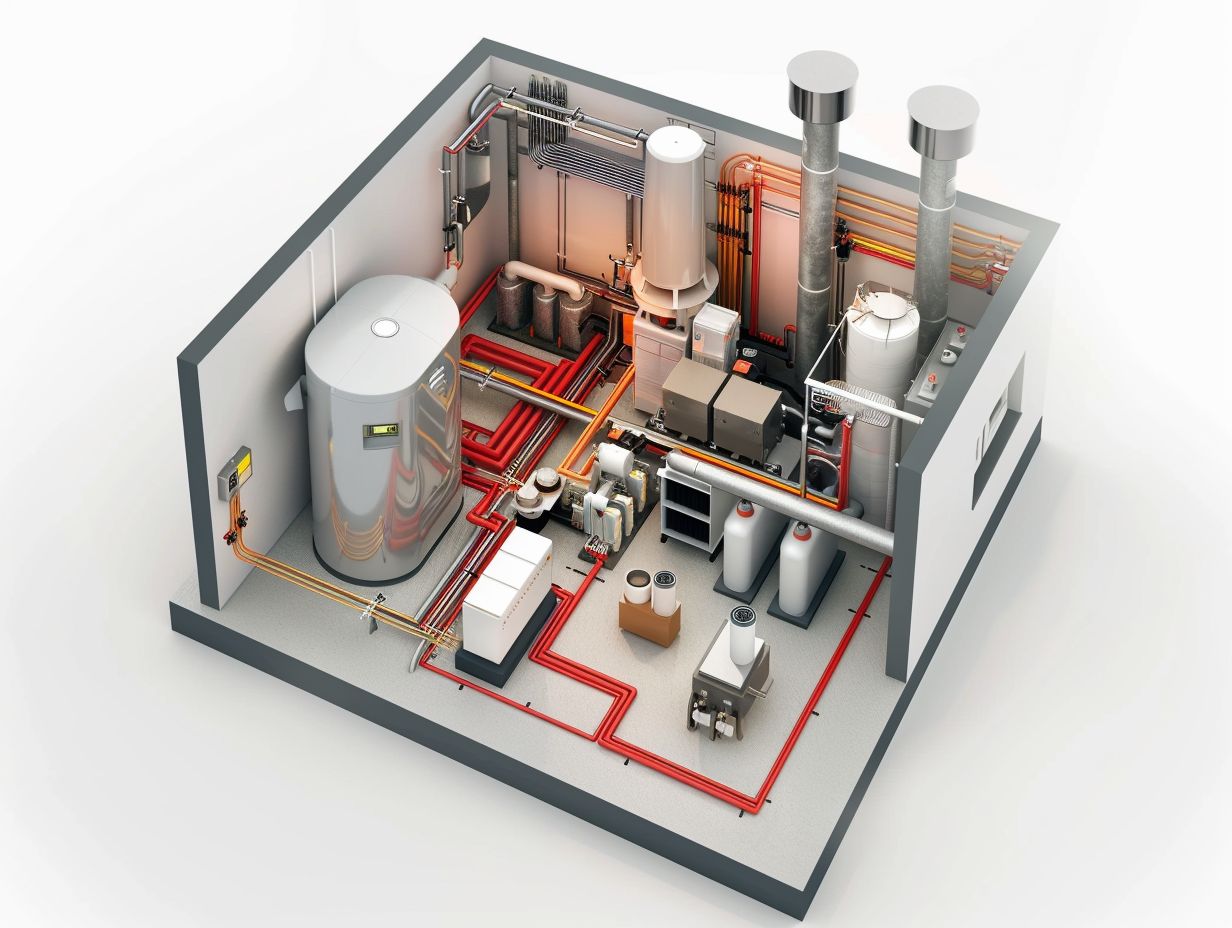
Can Dual Fuel Heating Systems Be Zoned?
Yes, dual fuel heating systems can be zoned to provide customised heating for different areas or rooms in a home or building.
What is a dual fuel heating system?
A dual fuel heating system combines the use of two types of fuel, typically natural gas and electricity, to provide heating for a home or building.
How do zoning systems work with dual fuel heating?
Zoning systems for dual fuel heating utilise multiple thermostats and dampers to control the flow of heated air to different zones or areas, allowing for customizable heating and energy efficiency.
Are there any benefits to zoning a dual fuel heating system?
Yes, zoning a dual fuel heating system can lead to energy savings, as well as improved comfort and convenience by allowing for different temperature settings in different areas of a home or building.
Can I retrofit my existing dual fuel heating system to be zoned?
Yes, it is possible to retrofit an existing dual fuel heating system to be zoned. However, it is important to consult with a professional HVAC technician to ensure proper installation and compatibility.
Are there any drawbacks to zoning a dual fuel heating system?
In some cases, zoning a dual fuel heating system may lead to increased initial costs, as well as the need for regular maintenance and potential system adjustments to ensure proper functionality.

